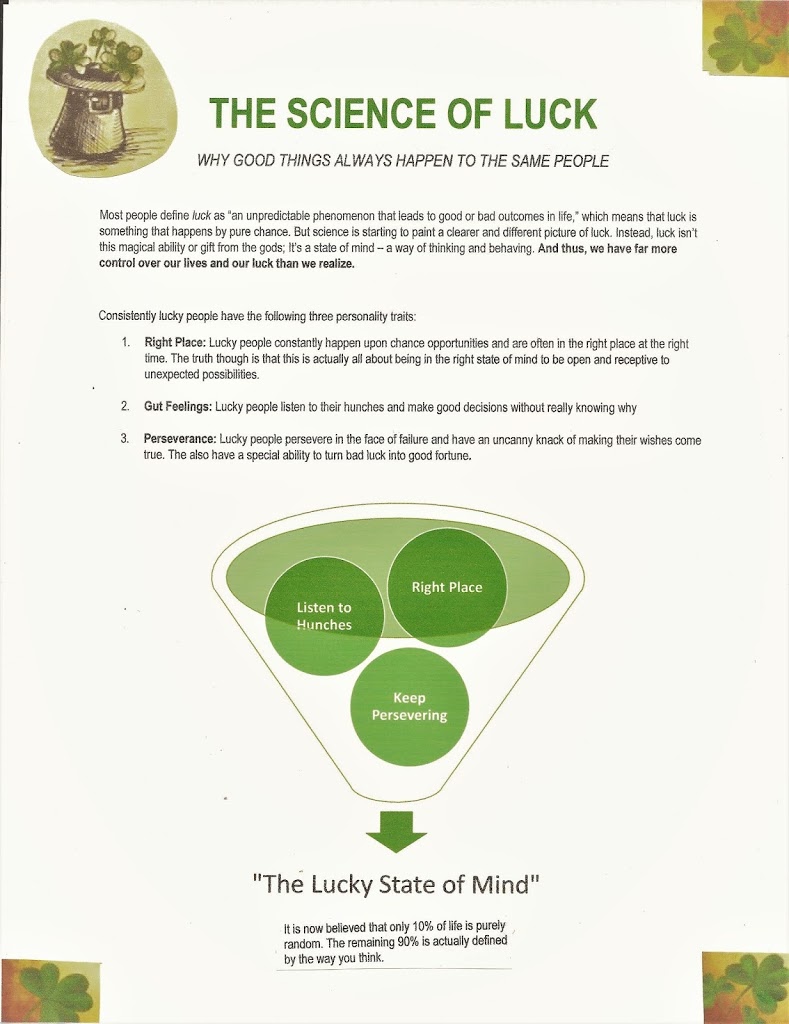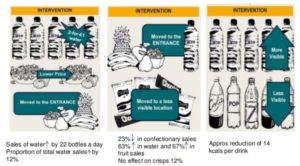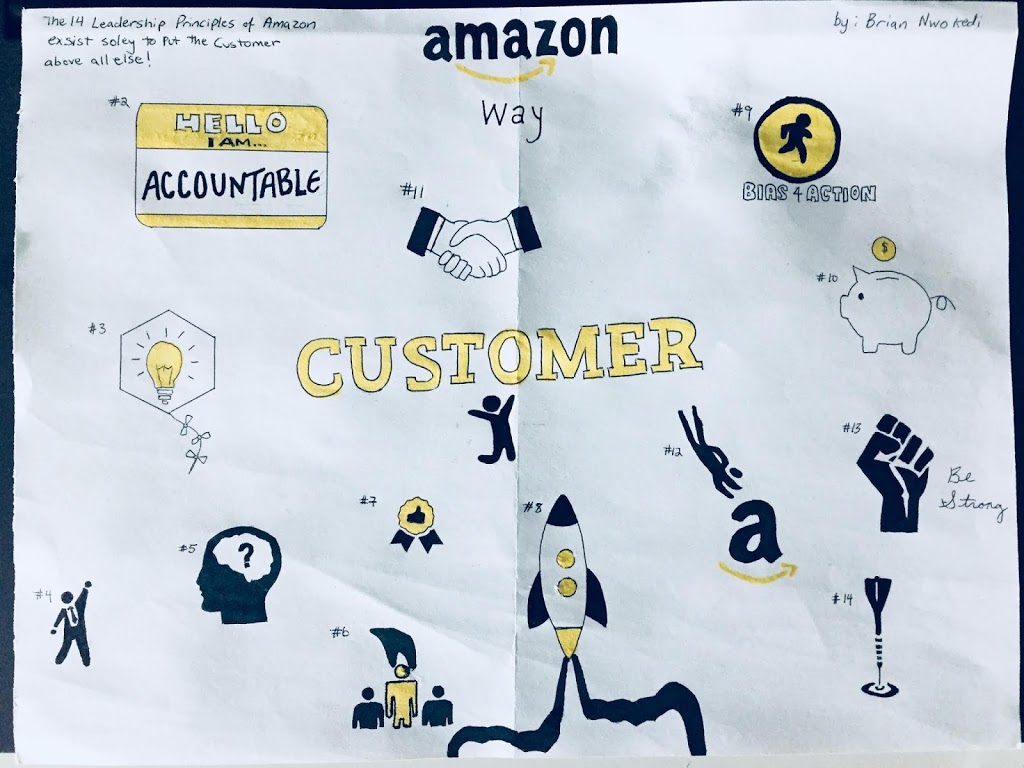The Survivors Club… The Rule of 3
Introduction
The Rule of 3
In Closing
Extras
The Survivors Club… How To Survive a Plane Crash
Introduction
In A Plane Crash You Have 90 Seconds to Save Your Life
In Closing
Extras
Brian Nwokedi’s Book Review on Goodreads
Direct Link to Book: The Survivors Club
Author’s Twitter: @bensherwood
Seven Ways To Increase Your Odds of Surviving a Plane Crash by Business Insider
10 Tips That Could Save Your Life by The Art of Manliness
The Female Brain
Introduction
Blame it on Testosterone, Estrogen, and Progesterone
The Female and Male Brains
-
The amygdala is the brain’s center for fear, anger, and aggression and it’s physically larger in men.
-
The prefrontal cortex is the brain’s center for planning, decision-making, problem solving, and self-control and it’s relatively larger in women.
- Most neural connections in the male brain run between the front and back parts of the same brain hemisphere, which accounts for the better spatial skills and motor (muscle) control in men
-
Many more neural connections go from side to side across the left and right hemispheres of the female brain. This accounts for women’s better verbal skills and intuitive abilities.
The male brain has larger centers for aggression and action and is wired for pursuits that require solitary work. The male brain is finely tuned to sense threats, connect through sex, react quickly, and respond directly to spoken cues of others.
The female brain has larger centers for nurturing, communicating and forming social bonds, and is wired for pursuits that require interaction with others. The female brain is finely tuned to read faces, hear emotion in tones of voice, and respond to unspoken cues of others.
In Closing
It’s not that men and women are from two different planets as John Gray wrote in 1992. It’s more simply that women and men have different brain realities caused by differences in testosterone, estrogen, and progesterone. These hormonal differences give women the edge when it comes to connecting emotionally, observing fully, and communicating effectively, and thus are ultimately better at sustaining deeper relationships with others. So the next time you have a communication disagreement with someone of the other sex or have a challenging time understanding their point of view, remember to give yourself a bit of grace because “boy-behaviors” and “girl-behaviors” are simply hardwired into our brains at birth.
Extras
Nudge: Improving Decisions About Health, Wealth, and Happiness
Introduction
Humans are Humans … We Need Help (Nudges)
How We Set Up Choice Matters as Well
In Closing
Extras
Measure What Matters Using Objectives and Key Results (OKRs)
Introduction
Measure What Matters is a business book by John Doerr based on the fact that ideas are easy but execution is hard. When it comes down to it the core model of execution (Objectives and Key Results – OKRs) in this book sets out to help organizations in there major ways:
What’s an Objective and What’s a Key Result?
At the most basic level, Objectives are the “what” you are trying to accomplish. Objectives express goals, intentions, are aggressive, and realistic. Above all though, they are tangible and must provide clear value to your organization. At the most basic level, Key Results are the “hows.” Key Results express measurable milestones that advance forward the objectives. Together, Objectives and Key Results form the framework of Doerr’s operational model within Measure What Matters.
A Typical OKR Cycle
The typical OKR cycle for setting OKRs at the company, team, and contributor levels looks something like this:
Great. I Understand OKRs at a High Level. How Do I Actually Use Them?
(2) There is zero doubt what the organization (in this case an NFL team) is focusing on accomplishing this year.
(3) Poorly defined OKRs are a waste of time. Well defined and aspirational OKRs are motivational management tools that help your company execute.
(4) The very nature of the OKR process is to think big but focus and this hypothetical OKR does exactly that.
Is It Really That Simple?
The short answer is yes and no. The principles within Objectives and Key Results are easy to understand. The complexity lies in writing really good Objectives and really good Key Results. As Measure What Matters details within the appendix on Google, it can be very hard to consistently write good OKRs when you first start out. Like any new process, it takes time to get really good at it.
Extras
Anna Karenina
19th-Century Imperial Russia is a Hard Place to be a Woman
Big Themes in this Book
It’s a man’s right to be unfaithful to his wife in the face of her unyielding fidelity, and throughout this book you get the sense that it’s less serious for a husband to stray than a wife since family unity depends on the woman.
Doughnut Economics
Macroeconomics Explained Using Doughnuts
Enter the Doughnut
Shifting from Conventional Economics to Doughnut Economics Will Help Planet Earth and All Humankind Thrive
The current economic pursuit of GDP first pushes every consumer in our global economy to spend money they don’t have on things they don’t really need (think consumerism 101). It’s an endless hamster wheel of more for the sake of more, and it requires continual growth in income and output to support it.
It’s Clear We Have an Economic Design Problem … The Question is Will We Fix It?
In Closing
Extras
The Amazon Way
The Simplicity of the Amazon Way
14 Principles of Leadership Determine it All for Amazon
Extras…


















